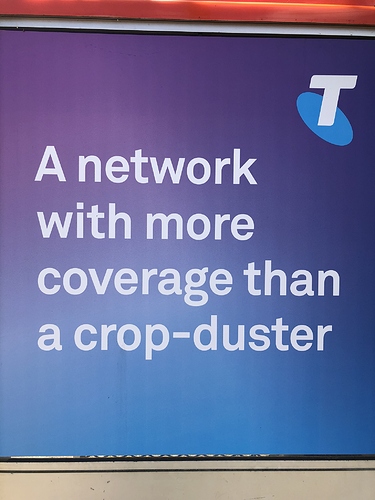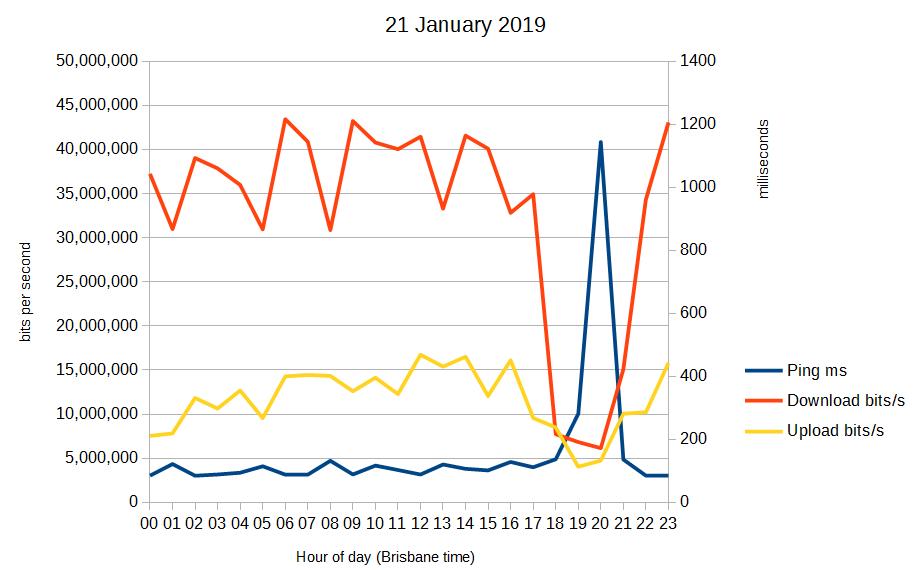You have to wonder what the real facts from the NBN Co are when reading the following from the linked IT News item, July 2018.
NBN Co said this week that 99.92 percent of premises outside major urban areas are either in design, under construction or complete. That means the vast majority of the fixed wireless network has been deployed. - end of quote.
How the term “In Design” could ever mean in an Engineering Sense “ Network Deployed” does Hansard hold the answer?
‘Nearly Finished’ or ‘yes, we are up to finishing that one’ are similar but more openly evasive routine project responses?
I could suggest that 0.08% is only one tower remaining if there are 1200 tower sites planned for FW. I have not yet found a source that adds them all up?
To allay fears about any ambiguity in how to read the NBN press release from last year.
Per the NBN Co 2019-2022 Business Plan there will only ever be 600,000 premises serviced by NBN FW. Might be rounded to the nearest?
Per the NBN Co weekly progress report (03 Jan 2019) fixed wireless reports 633,395 premises Ready to Connect. That’s premises with an active service available if I read the data correct? Just needs a receiver and modem install at the premises to complete connection when the owner elects?
By fact the NBN Co reported at the end of June 2018 last year FW Ready to Connect covered 609,000 premises! Per the July press release it would leave (0.08%) or only 500 premises nation wide without the promised FW available?
However another 24,000 have been added since then? So Ready to Connect must have a different meaning to the literal one? 
Which data is reliable?
Which stats are correct?
Who is being honest here?
It would aid transparency to know just how many FW sites are currently not active or providing full service, and exactly how many premises are genuinely unable to connect? 
IE How much left to complete the FW solution?
That’s a minor aside perhaps to having better information on the actual backhaul capacity vs demands for each site? 
P.S. There have been various predictions going back over 24 months FW would be stretched to more than 700,000+ premises? Alternately are those in the never never land heading for an alternate solution?

